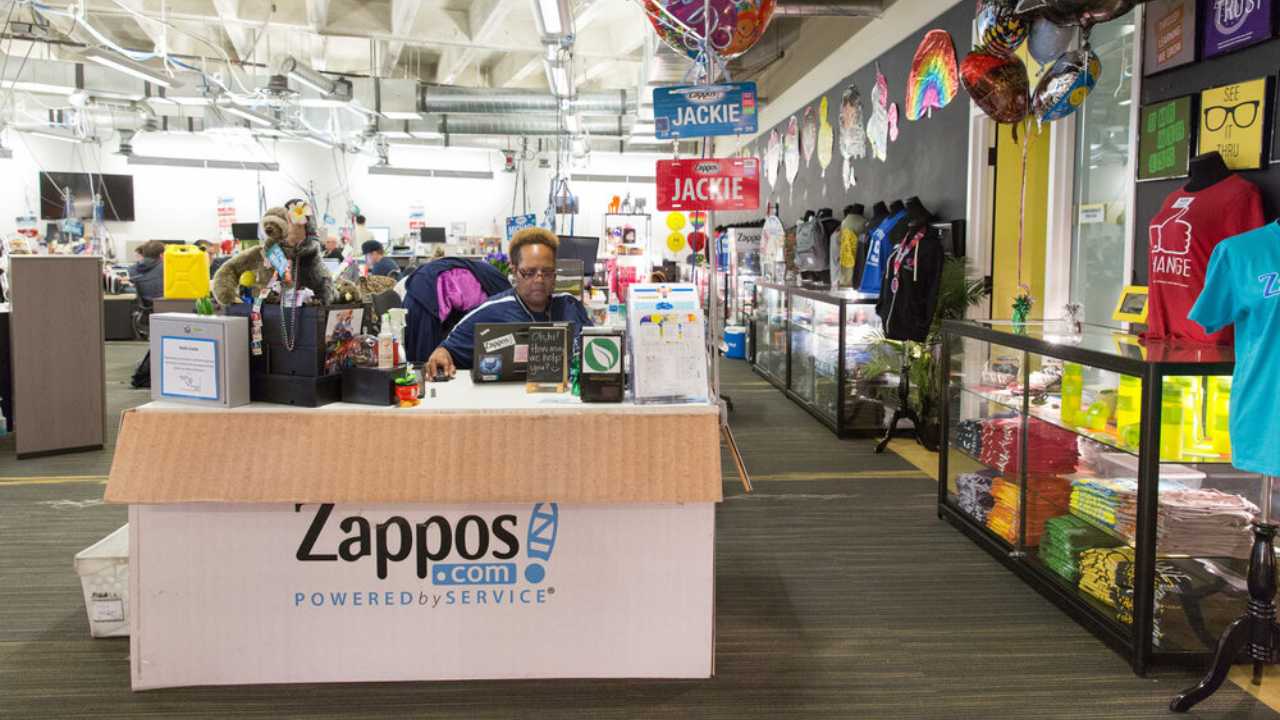What is the holacracy model?
The word "holacracy" comes from the word "holon". The term first appeared in Arthur Koestler's 1967 book The Ghost in the Machine.
Holon is like a small subset of a larger set. A Holon is an autonomous unit, but is still (partially) dependent on the whole. The suffix -cracy means "ruled by". Accordingly, the holacracy model is an organization ruled by various independent groups.
The holacracy management model was invented by Brian Robertson as a method of improving business performance. The original idea was for teams to develop relationships, creating a more effective collaborative environment. Accordingly, employees in the company are organized into small groups, each group will define its own roles and responsibilities.
Holacracy is also known as the full-fledged governance model. It is structured and distributed in a plane. As a result, employees can focus on work (core activities) rather than reporting and waiting for feedback from superiors.
In addition, the holacracy management model also allows employees to maximize their creativity. Equality of positions helps people collaborate more smoothly, so that unique ideas and strategies are developed.
How does the holacracy model work?
In the holacracy model of governance, individuals perform one or more roles on behalf of the organization. These roles may overlap or separate between different circles, within a larger circle of the organization.
Thus, an individual may take a leadership role in this circle but be an executor in one or more of the other circles in which he or she participates.
Each circle is completely autonomous. People in the circle themselves assign roles and take responsibility for their own areas of the organization. Connecting roles known as affiliates reside in multiple circles and ensure that those circles function in line with the shared mission and goals.
How is the holacracy model different from the hierarchical model?
Most traditional companies operate with a hierarchical organizational structure. In which, executive and management levels distribute instructions, goals, etc. to the departments, departments and employees below.
Depending on the business, the decentralization can be tight or loose. But in general, with the hierarchical model, superiors give orders, subordinates execute. When problems arise, subordinates need to report them to their superiors. Only then can they act. As such, most enforcement officers do not have decision-making power.
In the holacracy model, everyone can become a decision maker. Management roles can be transferred. Mr. A can be a manager – the person who is primarily responsible for one task group but has a lower role in another. With the holacracy governance model, no one is given permanent decision-making authority.
Here are 3 key differences between the holacracy model and the hierarchical governance model:
What is the holacracy role?
In traditional companies, each employee has a specific job. These job requirements are mostly fixed. Therefore, employees who hold any position will become professional, but they are not good at improvising when they have to be transferred to another position or when new problems arise.
In contrast, employees in holacracy have more dynamic roles. The main approach of this method is that each current task is arranged to suit the person in charge. Job roles are constantly changing, and the individuals who do the work are always changing.
Power
In the traditional hierarchical governance model, the words of senior managers still carry the most weight. They decide all aspects of the business.
In the holacracy model, authority persists. However, instead of power in the hands of a certain person, it is divided equally among groups. Enforcement groups have autonomy within the framework of their work.
What is the working rule of holacracy?
Most organizations have written and unwritten working rules (bylaws). Especially in areas where internal power disputes may arise. Meanwhile, organizations operating under the holacracy model emphasize transparency. All rules are publicly acknowledged and the same for everyone. This governance model encourages people to work and contribute on an equal basis.

What is an example of a holacracy governance model?
Thanks to two books by Tony Hsieh – Shoe Sales Billion and Wow Experience – Zappos (an online shoe company) is known as the most famous business implementing the holacracy management model. These two books also help people understand what holacracy is and how it can be applied in practice. At Zappos, employees are encouraged to identify problems, development opportunities, and propose solutions. Their aim is to empower every group to think and act like an autonomous business.
In addition, there are many other businesses that have successfully implemented this model.
Mercedes-Benz.io is another famous example. It is a subsidiary of the automotive giant, Mercedes-Benz. They organize their operations using a synchronous structure while working on the Mercedes-Benz e-commerce and online marketing platforms. Each employee is an owner responsible for multiple roles and operates under a flat hierarchical model.
At HolacracyOne – a corporate training and consulting firm – employees are empowered to make all decisions around their particular job. Specifically, they can decide which new markets or countries to enter. They also have the right to choose the location, decide who will train new customers.
Another well-known business that also uses the holacracy model is the company i Semrush. The founders wanted to ensure that innovation was at the heart of the company culture, so they chose this all-powerful management model. At the same time, they also commented that holacracy is extremely suitable for the current work context, when people prefer to work from home than at the company.












Replies to This Discussion